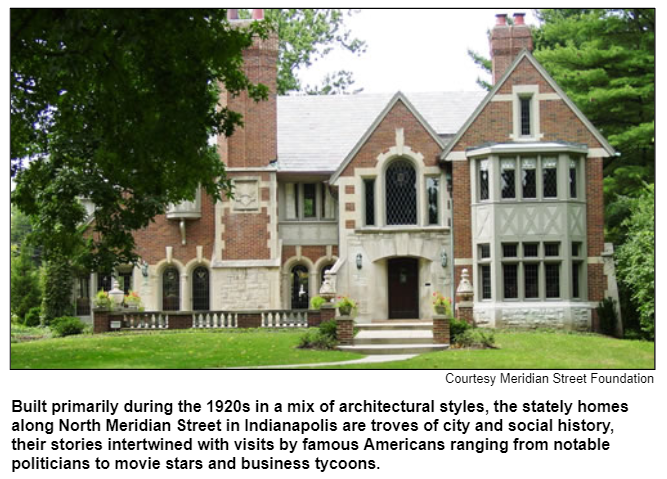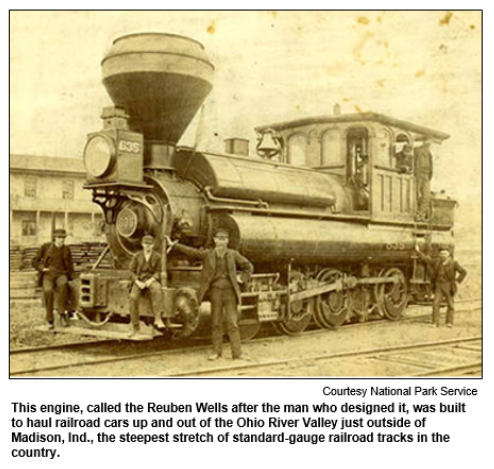
Saturdays, noon to 1 p.m. ET on WICR 88.7 FM.
Or stream audio live from anywhere on WICR Online!
You can listen to recent shows by clicking the podcast links below, or check out our extensive archive of past shows available as podcasts.
December 14, 2019
Meridian Street mansions in Indy history
As showplace mansions built primarily during the 1920s with a mix of architectural styles, the stately homes along North Meridian Street in Indianapolis captivate motorists on one of the Hoosier capital's busiest streets. Not only is Meridian the city's east-west divider, the street is the route for U.S. 31 on the Northside.
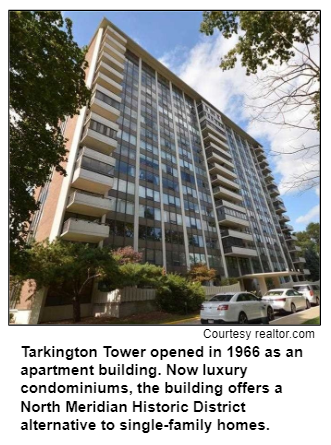
With, in many cases, marble entryways, third-floor ballrooms, leaded glass windows, French doors, terraces, turrets, crystal chandeliers and carriage houses, the mansions will be the focus of our show as we explore more than 100 years of their history, including the 1960s and '70s, when the homes fell out of favor and often could be purchased for a pittance. The Meridian Street Foundation was formed in 1960 to protect the heritage of the homes; during the 1980s, the district was added to the National Register of Historic Places.
Nelson's studio guests will include Kassie Ritman, the author of two new, deeply researched books about the history of the mansions: Meridian Street, part of Arcadia Publishing's Images of America series, and Meridian Whispers (Knocking River Press).
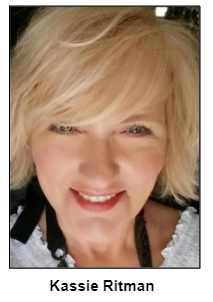
Her home was built in the Tudor style, as was the Meridian mansion that became the residence of Pulitzer Prize-winning novelist and playwright Booth Tarkington (1869-1946). Other mansions - which typically have landscaped gardens - were built in architectural styles ranging from French Renaissance and Southern Colonial to Colonial Revival, Italian Renaissance and Renaissance Revival.
Much as there is to explore about the mansions and their previous, illustrious owners - who included early auto-making families such as the owners of the Cole Motor Car Company and nationally known political figures like Bill Ruckleshaus, who died last month - we will broaden our scope to examine changing demographics over the years. Current owners of the historic houses include many families with young children.

The North Meridian Historic District includes both the current residence of Indiana's governor - a mansion at 4750 N. Meridian built in 1928 - and a former governor's mansion. The latter is a grand house in the 4300 block built in 1920 with buff-colored brick and a green-tiled roof that served as the governor's residence from 1945 through the early 1970s.
A few blocks north of that mansion is the historic home of our third guest, Sheila Little, a retired molecular biologist from Eli Lilly & Co. Since 1993, Sheila and her husband have lived in the Colonial-style mansion, which was built in the late 1920s. Sheila is the past president of the Meridian Street Foundation and a civic leader, currently serving as president of the Fortnightly Literary Club.
Our guests note that the district's extensive landscaping often is as much a source of pride as the mansions themselves. Many trees on the properties, including silver maples, are as old as the houses and, under guidelines for homeowners adopted by the Meridian Street Foundation, must be properly maintained.
Summing up the historic mansions in Meridian Whispers, our guest Kassie writes that the homes are "a treasure to Indianapolis, and each one has an amazing story, or two, or six, behind its lovely doors."
Roadtrip: Annie Oakley Natural Perfumery in Ligonier
Guest Roadtripper and retired bookstore owner Kathleen Angelone suggests a "sweet smelling trip" to the Annie Oakley Natural Perfumery in Ligonier in northeastern Indiana.
Founded in 1980, the company is housed in a plain building that belies the fascinating and cheerful perfume showroom and manufacturing facility located inside.
Kathleen tells us that while taking the company tour, visitors learn about the perfumes, bath salts, fragrances, essential oils and other products that are manufactured there. They also learn the life story of Renee Gabet, the company's founder, who as a young girl loved perfume counters in department stores and eventually decided to create and market perfumes herself.
Visitors on the tour can even produce a fragrance themselves, as well as select purchases from the complete line of fragrances and Annie Oakley merchandise.
As for the company's name, listeners may wonder why an Indiana concern carries the moniker of Ohio native Annie Oakley, the sharpshooter star of Buffalo Bill's Wild West show immortalized by Ethel Merman in the 1946 Broadway show Annie Get Your Gun.
Fear not, intrepid Roadtrippers, this question (and many others!) will be addressed by Kathleen as she takes us on this fascinating journey into the realm of the olfactory sense.
History Mystery
The mansion on North Meridian Street that currently serves as the Indiana governor's residence was built in 1928. The house, located at 4750 N. Meridian St., was a private residence until the early 1970s, when its owners sold it to the state for use as the new governor's mansion, replacing another historic home on N. Meridian that had been the official residence.
During the transition, the mansion at 4750 N. Meridian was shut down for about one year for renovations and updates so it could be used as the residence of the governor and first lady.
In 1973, Otis Bowen and his wife, Beth, became the first to live in the current governor's mansion.
A previous governor had lived in Riley Towers, the high-rise apartments in downtown Indianapolis, while the renovations were underway. The penthouse at Riley Towers served as a default "governor's residence" for this governor.
Question: Who was the governor that lived in Riley Towers during his term in office?
The call-in number is (317) 788-3314. Please do not call into the show until you hear Nelson pose the question on the air, and please do not try to win the prize if you have won any other prize on WICR during the last two months. You must be willing to give your name and address to our engineer and be willing to be placed on the air.
The prizes this week are four tickets to the Indiana History Center, all dressed up for the holidays, courtesy of the Indiana Historical Society, and a gift certificate to Story Inn in Brown County, courtesy of Story Inn.
Nelson Price, host and historian
Molly Head, producer/general manager, (317) 927-9101
Michael Armbruster, associate producer
Cheryl Lamb, administrative manager
Richard Sullivan, senior tech consultant
Pam Fraizer, graphic designer
Garry Chilluffo, consultant
Please tell our sponsors that you appreciate their support!

 For organizational sponsorship, which includes logos, links, and voiced credits in the show and in podcasts, contact producer Molly Head at (317) 927-9101 or email her at molly@hoosierhistorylive.org. Our podcast listens are increasing at a rate of 17% a month!
For organizational sponsorship, which includes logos, links, and voiced credits in the show and in podcasts, contact producer Molly Head at (317) 927-9101 or email her at molly@hoosierhistorylive.org. Our podcast listens are increasing at a rate of 17% a month!
Acknowledgments to Visit Indy, Fraizer Designs,WICR-FM, Henri Pensis, Aaron Duvall, Chloe Tyson, and many other individuals and organizations.
Thank you!
We'd like to thank the following recent, new and renewal contributors whose donations help make this show possible!
- Bruce and Julie Buchanan
- David Willkie
- Coby Palmer in memory of Gary BraVard
- Tim Harmon
- Jane Simon Ammeson
- Kathleen Angelone
- Chuck and Karen Bragg
- "Jingle Bell Rock" in memory of Bobby Helms
December 21, 2019 - coming up
Early railroads in Indiana: encore
During the late 1840s, a former U.S. senator from Indiana told a gathering of Hoosiers:

That speech advocating construction of more Indiana railroads is quoted in a book titled Forging the Bee Line Railroad, 1848-1889 (Kent State University Press, 2016). The Bee Line was a nickname for the Indianapolis and Bellefontaine Railroad that, when connected to other railroads, linked the Hoosier capital with Cleveland, Columbus and other Ohio cities.
Andy Olson, the book's author, notes that the Bee Line was likened to "a bumblebee's nearly straight-line path" as it traveled between cities. Andy is Nelson's studio guest for this encore show exploring the unfolding of the Bee Line and other early railroads in Indiana; the show was originally broadcast in April of 2017.
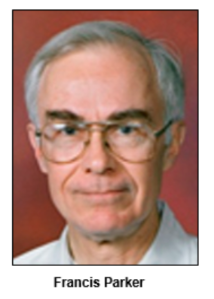
With our guests, we explore the evolution of early railroads in Indiana, including the Bee Line. (In Indianapolis, its tracks run parallel to Massachusetts Avenue, Pendleton Pike and Fort Harrison.)
The state's first railroad line was the Madison and Indianapolis, which was completed in 1847 and linked the Ohio River town (then one of the state's largest cities) with the Hoosier capital.
Major challenges for early Indiana railroads ranged from topographical (the bluffs of the Ohio River and hills of southern Indiana) to the financial. "The Bee Line far underestimated the amount of capital required to bring such a massive undertaking to life," our guest Andy Olson wrote in a series of blogs for the Indiana Historical Bureau.
Initially, railroad construction was slow. In Railroads of Indiana, Dr. Parker and his co-author, the late Richard Simons, note that construction of the Madison and Indianapolis line took nine years and involved cuts through solid rock to depths of 100 feet and embankments nearly 100 feet high.
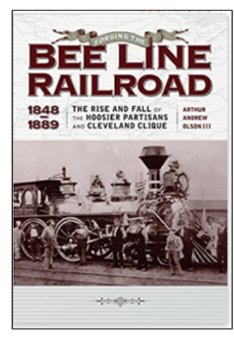
Our guest Andy Olson also discusses the influential role of Oliver H. Smith, the former U.S. senator who delivered "the time has now come" speech to Hoosiers. Smith, who primarily was based in Connersville during the early railroad era, became a key figure in the development of the Indianapolis and Bellefontaine, which extended 83 miles northeast of Indianapolis into Ohio. A noted amateur historian and retired lawyer, Andy is a board member of the Society of Indiana Pioneers and has been involved in various projects at Conner Prairie Interactive History Park.
Board members for the railroad line came from all of the Indiana counties along the route: Marion, Hancock, Madison, Delaware and Randolph counties. For some members, lucrative contracts ensued because of the construction of depots and railroad ties or the provision of rights-of-way.
Some Indiana railroad heritage facts:
- Madison banker James Lanier became a major financial backer of Midwest railroad lines, including the Bee Line, according to Andy's book.
- As a locomotive conductor, our guest Dr. Francis Parker has operated the Indiana State Fair Train and other special trains.
- Located on the border with Ohio, the Indiana town of Union City (then a railroad junction known simply as Union), "bustled with activity," according to Forging the Bee Line. Early railroad companies "did not allow locomotives or rail cars to travel beyond geographic and corporate boundaries," so transfers at the junction were continual, often requiring passengers to stay overnight in a local hotel.
© 2019 Hoosier History Live. All rights reserved.
|
